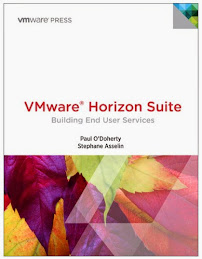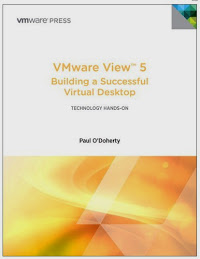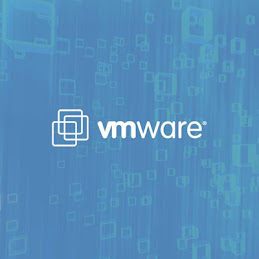Horizon 6 was launched in April and their has been tremondous interest from customers. It delivers both VDI and App delivery in a single platform. Horizon 6 provides a unified workspace and central image management that can be delivered on a virtual SAN platform. Virtual SAN eliminates complexity and cost. In addition with vCOPs you get management from the datacenter to the device.
VMware introduced Horizon DaaS on vCloud Air earlier this year. Enhancements to this service include Cloud Bursting or monthly terms for seasonal use cases. In addition Apps-as-a-Service will be available. The service will also be expanded to EMEA.
The session makes mention of a customer using Mirage for a 60 - 70,000 seat environment. The session moves to a live demo that starts from a Mac laptop with access to workspace integrated with Horizon Application delivery and the nice seamless windows interface with seamless printing.
The next application that is demo'd is Lync running on Mac. The demo then moves over to the chrome book with the NVIDIA integration. The NVIDIA demo uses GPUs on hosts and standard based codex's on the client as well as HTML5 on the wire.
Project Meteor was profiled again which is the Just in Time desktop technology based on the ability to fast clone a VM in seconds (Project Fargo) and provision aplications using CloudVolumes. This allows the VM to be created a few seconds before the session request and destroyed after logoff.
CloudVolumes adds a 2nd layer of abstraction for the applications. It leverages a vmdk that can be mounted quickly. You simply install the application into the vmdk (CloudVolumes refer to these as App Stacks) and link them back to the desktop. This allows you to organize and manage applications in layers. VMware recommends that you organize yourself into logical abstraction layers so by department or user segment for example. CloudVolumes actually supports vmdk and vhd. In addition they support RDSH servers.
The discussion switches to mobility which is very complex when consider the number of devices, compliance, security and regulator requirements. AirWatch is designed with scale and multitenancy so you can seperate different business groups and different compliance requirements. There is also a strong focus on enablement to ensure you can unlock the power of the content for your customers or end users.
To deliver this, AirWatch starts with device management which is entirely customizable. Once the device is managed you tie it to the framework. This is all done on a consistent code base which allows AirWatch to scale. The framework allows you to manage the full device or a container on the device.
The cost of managing a mobile device is much less than a PC. In addition the device is not that important as the data lives in the Cloud. VMware is attempting to bring this concept to a destop. To do this VMware is looking at a mobile cloud architecture.
What VMware looked at was a few integration points that benefit end users and administrators. For users it is the ability to access apps anywhere, sso. file synchronization between devices and finally the users social framework.
For administrators this is a centralized and consistent management framework, a service catalog and a single access point with policies.
The session ends with a summary of the announcements: VMware Workspace Suite, the partnerships with NVIDIA and Google and VMware and SAP as well as Project Meteor.





No comments:
Post a Comment